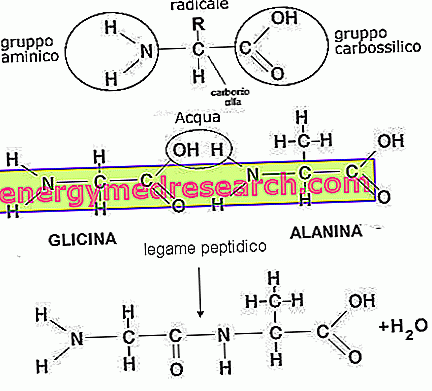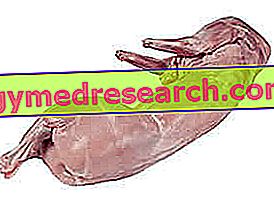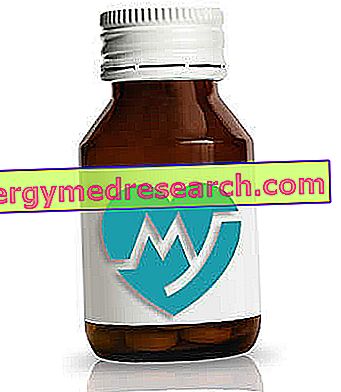Protein structure
Proteins are macromolecules formed from a series of amino acids, joined together through a bond called peptide. The sequence of individual amino acids is genetically dictated and determines the function of the protein itself.
The peptide bond involves the removal of a water molecule and can therefore be broken by hydrolysis, i.e. by supplying water and a specific enzyme that catalyses the reaction.

In addition to Carbon, Hydrogen and Oxygen, protein molecules contain nitrogen, which is present in 16% of the total molecular weight.
Proteins represent 10-15% of body mass. However, the various tissues are characterized by a different protein content. In nerve cells, for example, proteins account for 10% of cell mass, while in muscle cells this proportion rises to 20%.
Contractile proteins make up 65% of the body's protein mass, although, since muscle mass can increase or decrease, this proportion varies slightly from individual to individual.
Protein functions and nitrogen balance
In the body, proteins play a dual role: on the one hand (structural in the composition of the various cellular components) and functional on the other (intervening in the performance of countless bodily functions). Enzymes, receptors, hormones and immunoglobulins are just some of the many protein molecules present in the body.
Proteins also participate in the regulation of the acid-base balance of body fluids, are responsible for the molecular mechanism of contraction and participate in the blood coagulation process.
The body's proteins are not stable entities, but are subject to a continuous turnover, called turnover. They are in fact continuously demolished and replaced by new and similar protein molecules. The rate of this turnover decreases with age and is different in the cells of different tissues. This continuous renewal process has a considerable energy cost, which represents, by itself, as much as 20% of the energy expended daily to support the basal metabolism.
Due to protein turnover, a certain amount of free amino acids, called the amino acid pool, is always present in the body's cells. This pool is not intended as a real reserve of nitrogenous substances, but as a quantity of amino acids present in a dynamic state, with an incoming and an outgoing flow.
 | ||
A + B = C + D | condition of maintenance | in physiological conditions the inlet flow is equal to the outgoing one and the amino acid pool is in equilibrium; |
A + D> B + C | increase in protein organism | During growth, during pregnancy and during recovery from a debilitating disease, there is an increase in body proteins; this situation is also recorded when the muscle masses increase following an intense sporting activity; |
B + C> A + D | protein decrease bodily | Debilitating diseases, aging and excessively restrictive diets favor the loss of muscle mass and protein. |
This scheme makes it possible to take stock of the contribution and elimination of proteins from the body. This balance, called nitrogen, is expressed in terms of nitrogen.
Nitrogen balance = Nitrogen taken with food proteins - nitrogen eliminated
The nitrogen balance can be positive, negative or balanced
The nitrogen balance is positive during: growth, pregnancy, lactation and intense physical activity. Instead it is negative during absolute or protein fasting and in the presence of debilitating diseases.
CONTINUE: Part Two »



